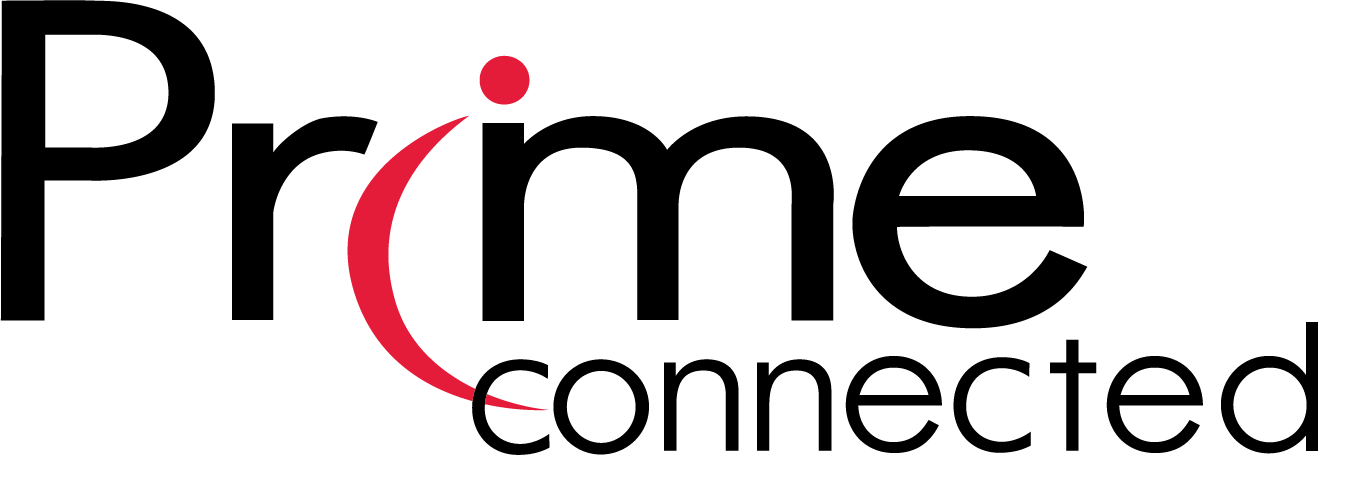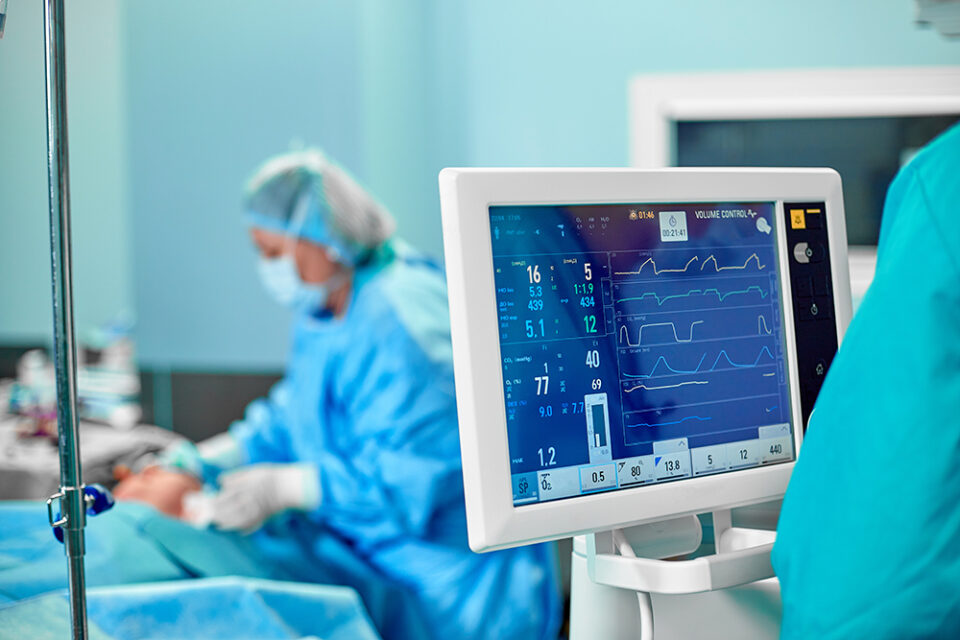Essential Healthcare Projects: Meeting Challenges During A Crisis
In a major healthcare crisis, hospital administrators are called on to ramp up technical systems quickly to meet critical needs. At such a time, certain services are designated essential personnel, including those who implement medical infrastructure, networking, patient monitoring and nurse call systems. During a crisis, as with other types of workers, some of the regular contractors will likely go absent due to illness, fear, or quarantine requirements. When that happens, administrators must quickly find reliable contract vendors to fill the gaps and keep systems going.
This article provides important information and advice to ensure the successful selection and onboarding of contract technical personnel during a healthcare crisis.
In a major healthcare crisis, hospital administrators are called on to ramp up technical systems quickly to meet critical needs. At such a time, certain services are designated essential personnel, including those who implement medical infrastructure, networking, patient monitoring and nurse call systems. During a crisis, as with other types of workers, some of the regular contractors will likely go absent due to illness, fear, or quarantine requirements. When that happens, administrators must quickly find reliable contract vendors to fill the gaps and keep systems going.
This article provides important information and advice to ensure the successful selection and onboarding of contract technical personnel during a healthcare crisis.
Crisis in a Medical Facility Is — and Isn’t – Business as Usual
On-staff medical personnel are used to working with emergencies every day, but a major, systemwide crisis is different. The margin for error is narrower. During a fast-paced, high–stress emergency, reliable technical infrastructure is more important than ever to help save lives.
When any part of a healthcare institution’s technical infrastructure fails during a systemwide crisis such as the COVID-19 pandemic, there is little time to carefully design, update and install technology as there is during non-crisis times. The work may be complicated by a greater–than–usual number of patients, more serious patient conditions, high contagion, and a greater need for speed. However, acting too rashly can jeopardize patient safety and compromise infrastructure reliability.
During the first few months of the COVID-19 crisis, as an officially designated “essential business,” Prime Communications Inc. (PCI) was honored to receive requests from U.S. medical institutions asking us to step in and fill service gaps, in some cases replacing missing technical needs and personnel. Our team used its deep knowledge of the unique technology requirements of hospitals and medical device manufacturers to quickly assess, design and deploy a number of successful technology projects.
Below are lessons learned and advice we offer to help hospitals and medical manufacturers and distributors ensure seamless IT and technology services through a crisis:
1. Adapting to a Crisis through Expansion
To meet the need of increasing patients, hospitals temporarily add beds, and even transform on-campus or off-campus nonmedical spaces into emergency wings. This requires fast deployment of extra technology to support medical staff, without time to complete the usual process of vetting vendors.
If you haven’t already pre-vetted technology vendors to fill this need, you’ll have to find a way to quickly identify and assess candidates to ensure reliable service. In a crisis, it’s crucial to work with vendors who know what they’re doing, so you can avoid headaches, quickly resolve issues and get back to focusing on patients.
If you find yourself having to choose vendors quickly, you can ask two questions to help you identify your best choice:
(1) Do they have credentials already in place for all technicians?
(2) Can they prove years of experience in medical settings?
This is no time to try technicians without specific healthcare infrastructure credentials and experience. It can be a matter not only of logistics and quality but also liability.
“Your best technology vendor will be able to demonstrate sheer ability to navigate quickly, with confidence and agility,” said Jeff Broz, VP of Infrastructure Operations for PCI. “Even complex medical infrastructure services can be completed swiftly if technicians are already used to working every day with healthcare facilities and their people, including safety officers, nurses and hospital administrators.”
When healthcare systems are spread across geographical areas, it’s a plus to work with a technology company that can provide easy geographic responsiveness. “Wherever a client is located, we can assemble an experienced team and be there pretty much whenever they need us,” Broz said. A distributed team of technicians is also a benefit during crises that include concerns about crossing state lines.
PCI technicians recently were called in on a Wednesday to deploy a nine-bed COVID-19 expansion by the following Sunday. “We worked with general contractors, as well as facilities managers, the biomed department and nursing,” Broz explained. “We drew on our inhouse stock of materials and worked with long-time manufacturing partners to get the unit up and running at lightning speed. Our existing processes and experience allowed us to meet this need with a high level of responsiveness and quality.”
PCI engineers and technicians are credentialed to work with multiple national health technology systems and many local systems, some standardized and some unique. The company has more than 75 trucks and 100 technicians across the nation, with paperwork in hand identifying technicians as “essential personnel.” This allows PCI to cross state lines without time-consuming red tape.
2. Assessing assigned vendors and technicians
To quickly assess a potential technology vendor during a crisis, be ready to ask a series of pointed questions about their expertise, current capabilities, agility and responsiveness. Here are sample questions to get you started:
- How long have you been in business?
- What are your company’s specialties?
- Who are the national providers you partner with?
- From where do you procure supplies and equipment? Do you have materials on hand to save time?
- How many technicians do you have? Where will they be traveling from? Who covers travel costs?
- Will you have any issues crossing state lines if that is necessary?
- Please provide documentation of credentials for technicians who will work on this project.
- Have you worked on similar projects in the medical/healthcare field? Please provide details and references.
- How do you train your engineers and technicians? How often?
- What technology tools do you have to help us plan, implement and monitor the project?
- What processes do you have in place to mitigate any issues that arise during and after deployment?
- What are your steps for deployment in general?
- Who will be our main contact with your company? Who will supervise the project? How will we communicate effectively?
Your chosen technology vendor should be able to document their many years of experience as a company, as well as specific credentials for personnel, ongoing training, and their ability to manage the supply chain to get parts and personnel on the job. They’ll offer technology that makes it easy for you and their own team to manage and monitor the project. The best vendors will have their own carefully outlined inhouse processes for onsite unboxing, staging, setup, connectivity and testing of patient monitoring and nurse call systems.
“Responsiveness is extremely important to us at PCI,” CEO, Brian Kenkel said. “It’s so important that we spend extra dollars and time to make sure we have extra equipment on hand, credentials in place and general processes meticulously outlined. It allows us to step in and plug the holes quickly and masterfully.”
3. Making needs and rules clear
Once you hire a vendor to take on a technology project during a crisis, it’s critically important to set expectations for the project before work begins.
To accomplish this …
- Share your institution’s general operating procedures, rules and guidelines with the vendor.
- Hold a kickoff meeting to set specific expectations and timelines for the project before it begins.
- Establish a budget so there are no surprises – or so you at least know what variables there may be throughout the project; work with the vendor to document costs before they are incurred.
- Launch monitoring applications to help you track the project and see latest statuses.
4. Protecting patients and their privacy
Experienced technology vendors will possess deep knowledge of risk assessments that must be completed and offer processes to ensure the safety of patients and healthcare personnel. For example, they’ll already know what to do to mitigate dust during a ceiling breach. They’ll bring in appropriate containment equipment to accomplish clean installations and will have their own established processes to complement your institution’s safety rules and guidelines.
To be confident of your vendor’s safety expertise, look for providers that use formal credentialing systems, such as Reptrax. PCI requires its technicians and engineers to earn credentials for all systems we work with. Credentialing systems verify eligibility to work, document each person’s background and ensure safety training has been completed.
In addition to ensuring safety expertise, healthcare technology vendors should be able to verify technicians’ knowledge of and ability to support HIPPA privacy requirements. PCI pays for all of its technicians to receive this type of training, so we can ensure clients that our personnel are prepared before ever setting foot in a healthcare facility.
5. Preserving scheduled maintenance
During a crisis, the priority naturally will be on immediate infrastructure repairs and expansions that allow your healthcare facility to meet urgent needs. However, depending on the nature of the crisis, it’s important not to forget about general maintenance to ensure the integrity of your overall systems both now and in the long term.
As you plan and implement a crisis technology project, remember to make allowances for maintenance, repair, update and expansion best practices.
The Critical Nature of Crisis Technology Services
Once you’ve identified a reliable medical technology vendor you can work with confidently, you’ll breathe easier and free up staff to focus on other important aspects of the crisis.
“Our goal is to make our client’s lives easier during times when stress is coming at them from all sides,” Kenkel said. “When a healthcare crisis hits, our attitude is that we are all in this together – and we all have the patients’ best interests in mind. That’s the ultimate goal, and we want to be any hospital’s or manufacturer’s ultimate partner during those critical times.”
Do you have more questions about smoothly onboarding new technology partners during a crisis? We are willing to share what we know. For more information or if you have an immediate crisis-related need today, call Prime at 402-289-4126.




